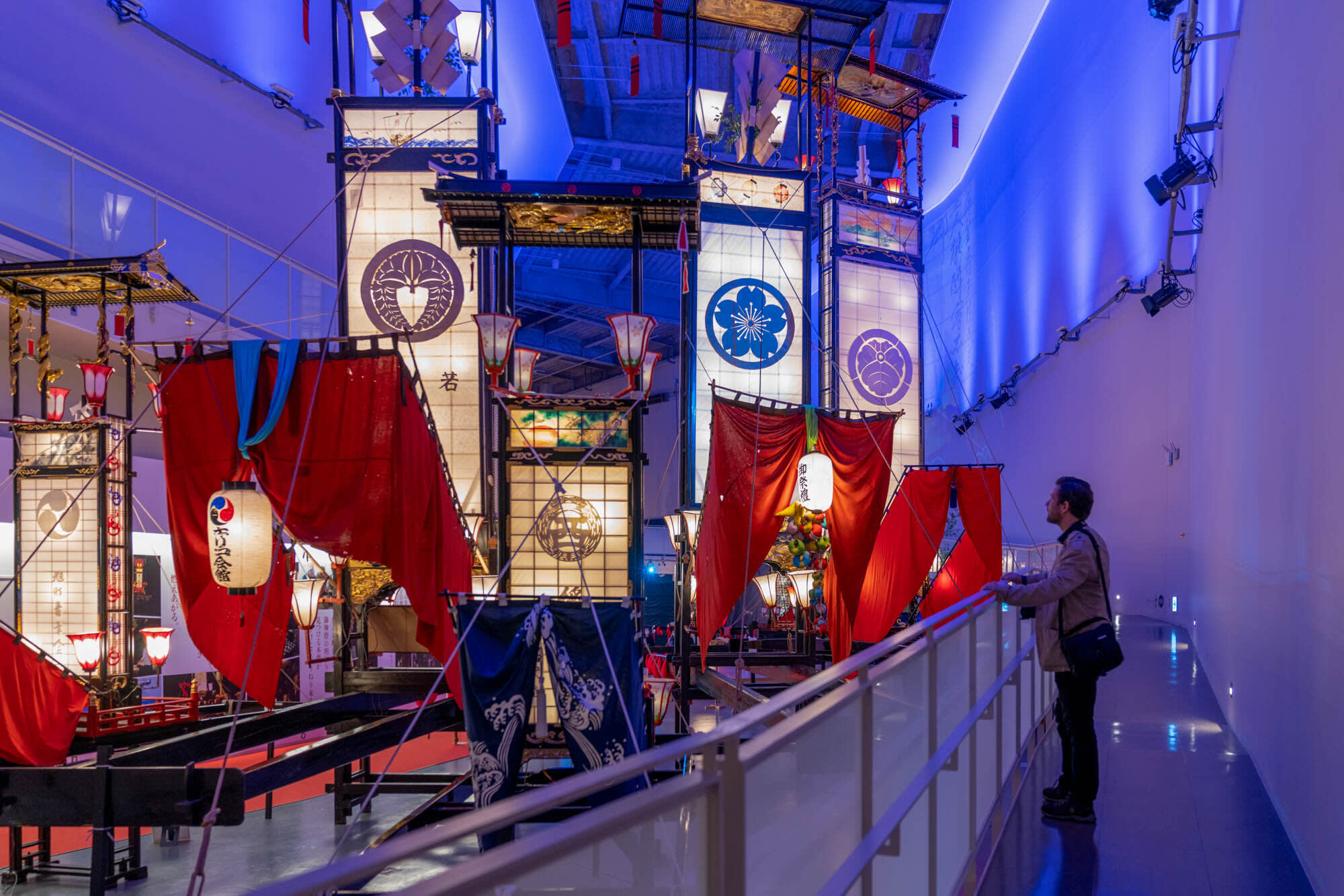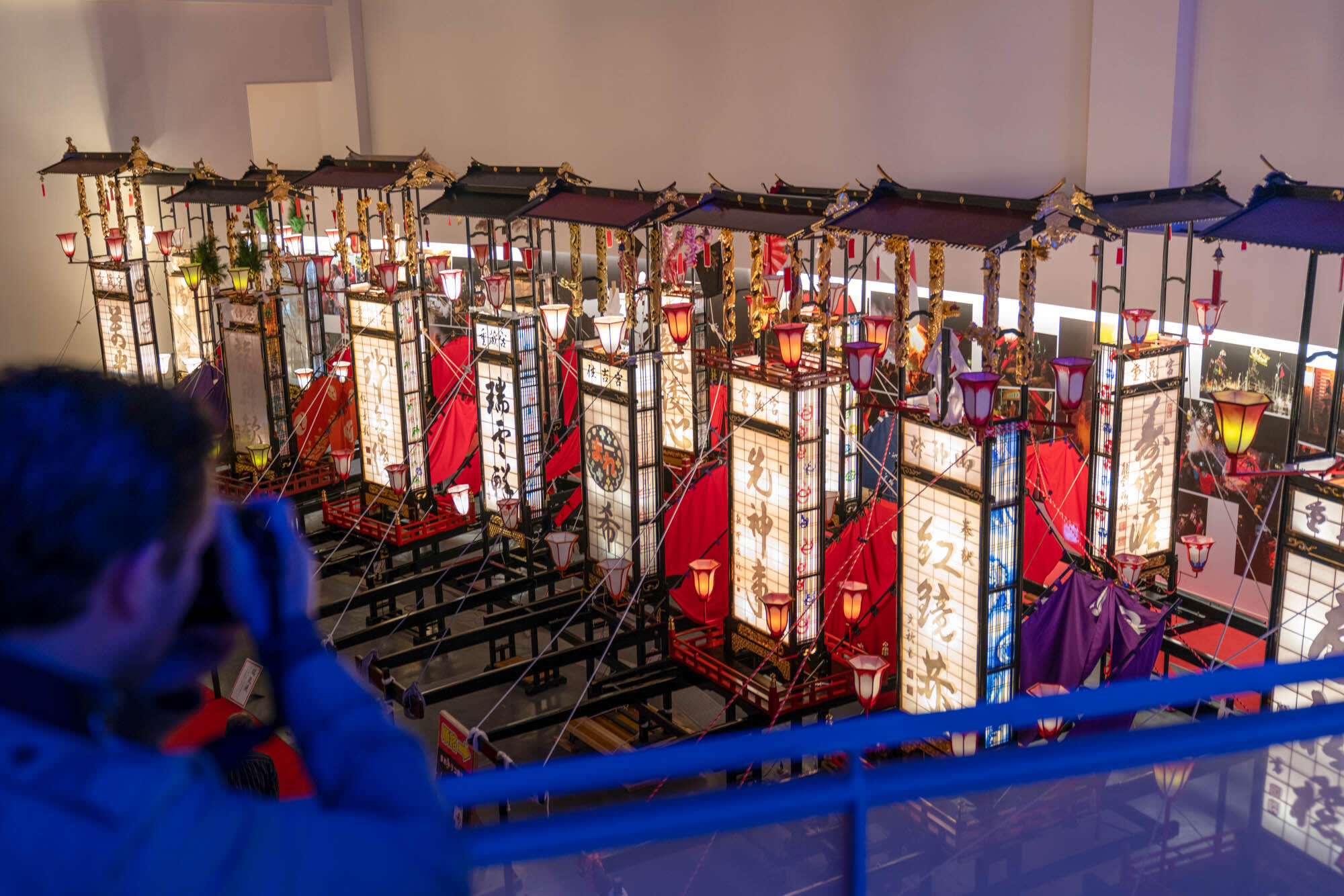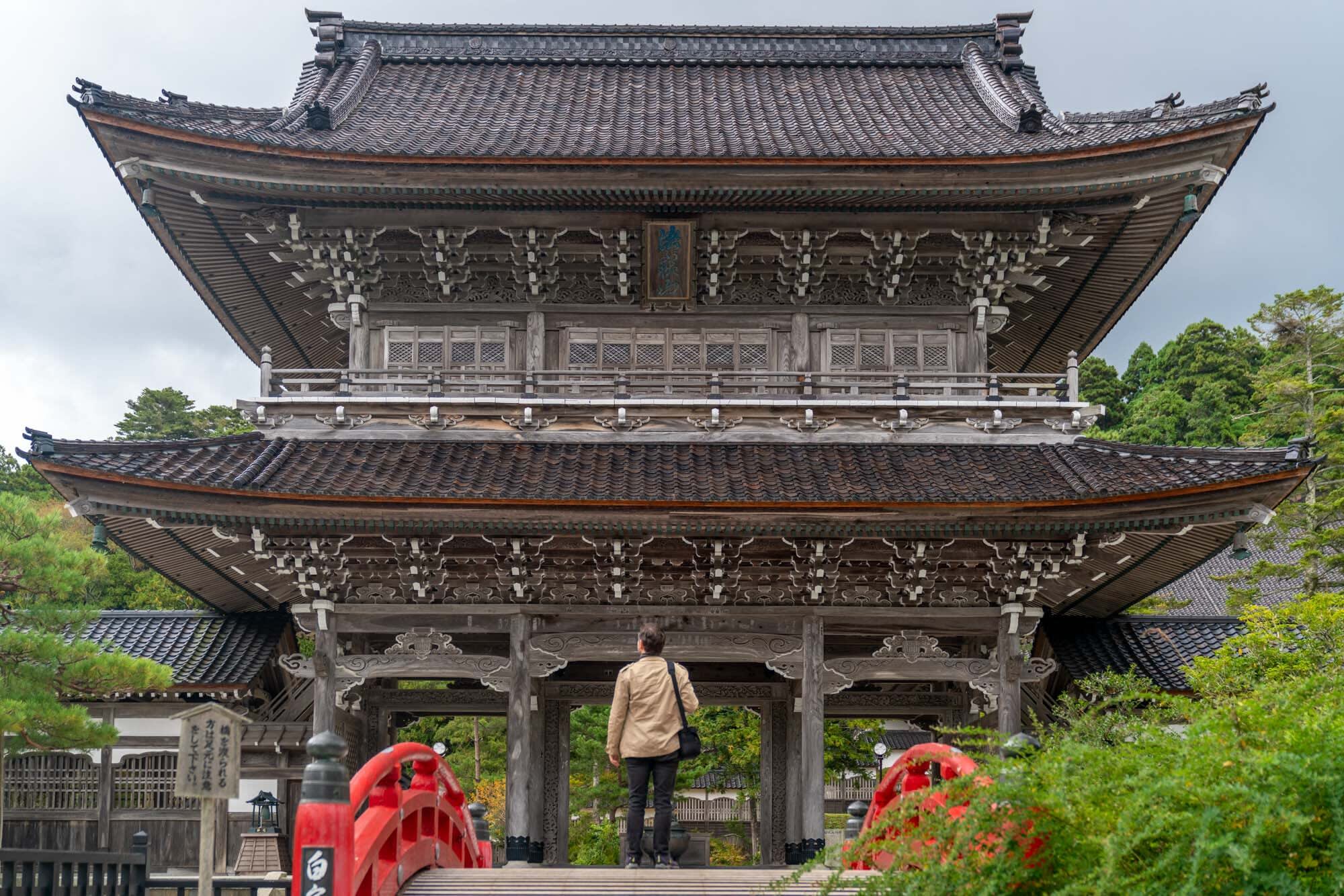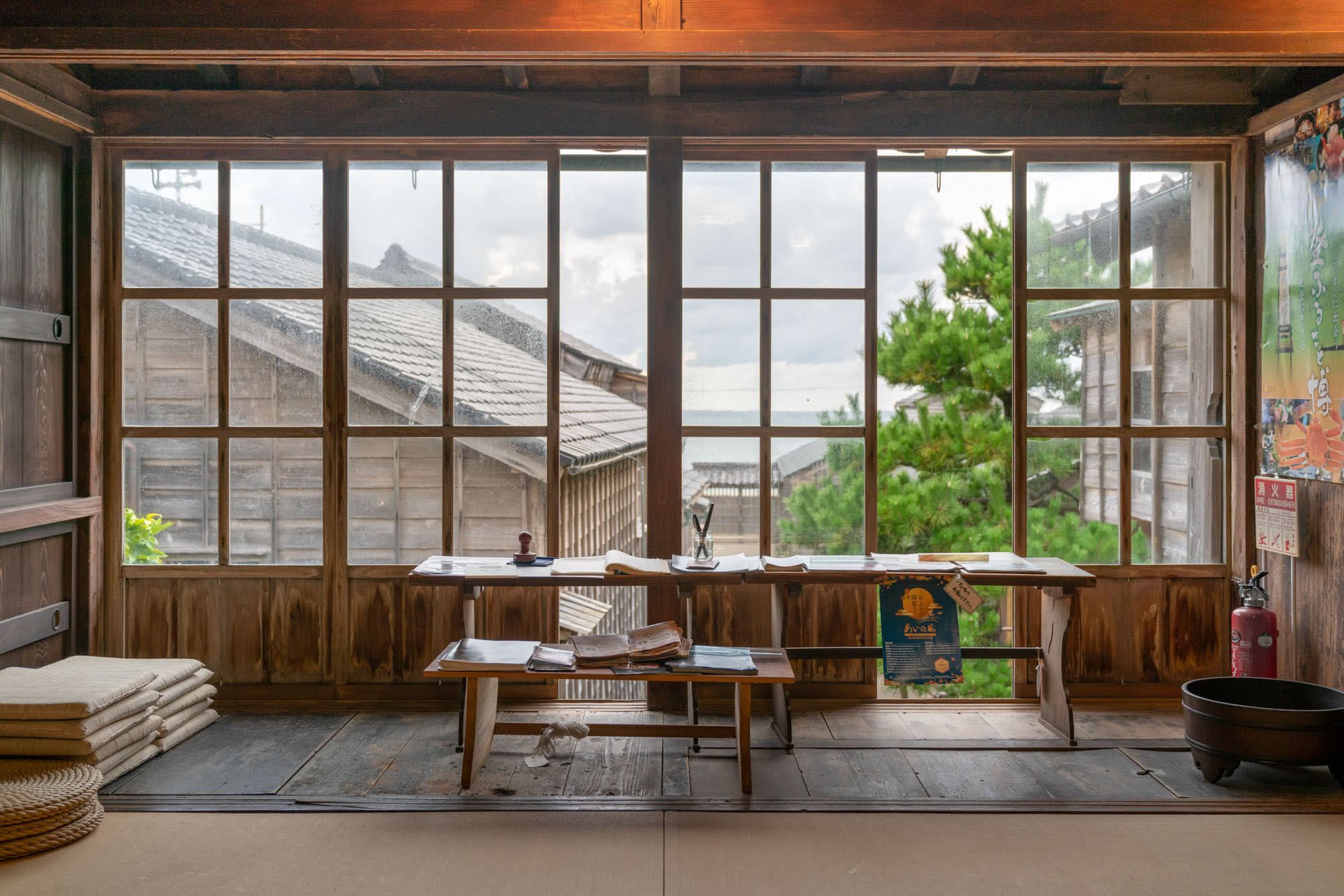
Travel Journal
Ishikawa Farmstay: A Rural Retreat in Japan's Hidden Heartland - Day3
Wajima Morning Market



Wajima township is well known for its exquisite lacquerware, and the morning market is one of the best ways to see a large variety of this craftwork. After parking in the large Wajima Asaichi Parking Lot, we made our way down the market lined with lacquerware shops. The lacquerware chopsticks, bowls, and cups are among the many souvenirs that will fit perfectly in your suitcase, with sellers offering personalized inscriptions which can be added for free (or you could try your hand at doing it yourself). Alongside lacquerware stores are stalls filled with local seafood and produce, such as fresh and dried fish, squid, abalone, and fruit, perfect for a morning of souvenir shopping for family and friends.
5-min walk from Wajima Morning Market to Wajima Kiriko Art Museum
Wajima Kiriko Art Museum



Local festivals are a quintessential element of rural Japan, and the festivals of the Noto Peninsula are no different, with around 200 local festivals held across the peninsula annually between July and October. The enormous lantern floats called kiriko are carried by locals around the streets of towns and villages. While the introduction of power lines forced some towns to reduce the height of their lanterns, the largest currently in use is 15 meters tall, weighs two tons, and needs 100 people to support its weight.
The Wajima Kiriko Art Museum is dedicated to preserving the history of these important local festivals. The largest lantern on display, at a height of 12.3 meters, was constructed from cedar in 1853 for the prosperous Nakajimaya family and was finished in Wajima lacquer by local unemployed lacquerware craftsmen. The letters on the lanterns are prayers, with this one meaning ‘good character brings happiness.’ The Kiriko Art Museum is open every day of the year and is well worth a visit if you are traveling the region when the festivals are not in full swing.
15-min drive from Wajima Kiriko Art Museum to Shiroyone Senmaida
Shiroyone Senmaida Rice Terraces



The Shiroyone Senmaida Rice Terraces is a terraced rice field famously made up of 1,004 separate rice paddies, some only tens of centimeters in area. Because the terrain is inaccessible to agricultural machinery, the rice planting and cultivation here is still done entirely by hand. Head to the lookout, where you’ll get views of the hill’s undulations with rice fields extending from above the road down to the ocean. Although the rice had already been harvested by the time we visited, different times of the year present uniquely beautiful views of the terraces. In the spring, the paddies are a popular destination for photographers waiting for the sunset as it is brilliantly reflected in these waters. In summer the contrast between the lush green terraces and the deep blue sea is breathtaking.
40-min drive from Shiroyone Senmaida to Sojiji Soin Temple
Sojiji Soin Temple and Buddhist Vegetarian Lunch



The large temple complex of Sojiji Soin Temple, originally founded in 1321, was once the headquarters of the Zen Buddhist Soto sect, the largest religious denomination in Japan. Although the headquarters was relocated to Yokohama in 1911, it is still a striking example of temple design, with an imposing gate, expansive main hall, and picturesque gardens.
Shogen Geppert, a German-born Zen Buddhist monk, met us at the entrance to the temple complex and led us to our room for our Buddhist vegetarian lunch. After studying Japanese and Japanese philosophy at a university in Germany, Shogen came to Japan with plans to practice meditation at the Sojiji Soin Temple for one year. One year led to another, and he has been here for 12 years and is the resident priest of a small local temple. Once Shogen completed a short sutra expressing thanks to those who had worked to supply the vegan meal, he explained that “for Buddhist monks, eating is not for enjoyment but more like medicine so that they can continue their prayers.” The meal was in simple comparison to the previous night’s dinner, but delicious nonetheless, with rice, tempura vegetables, tofu, and fruit as the foundation of a healthy, light lunch.
5-min drive from Sojiji Soin Temple to Kadomi House
Kadomi House



For around 150 years, the Kitamae shipping route connecting Hokkaido with Osaka was the lifeblood of trade in Japan, and the Kuroshima District of Wajima, home to sailors and shipbuilders, was at its heart. With per-voyage profits at a current equivalent of one million dollars, the district’s wealth grew as the shipping industry expanded.
The 150-year-old Kadomi Family Residence is an excellent example of how that wealth translated into extensive ‘garden path’ style houses. The expensive black tiles seen throughout the peninsula are well-represented here, and costly possessions and architectural flourishes are displayed in this well-preserved historical building. QR codes in the residence link to information available in multiple languages online, and the surrounding area, with its narrow paths, is well worth exploring.
As evening approached, we embarked on our final leg of the journey, a 30-minute trip to drop the car off at Noto Airport and then a one-hour flight back to Tokyo.
Ishikawa is a rural retreat which offers a range of activities and attractions, including scenic drives, bike tours, and shopping for local specialties and crafts. It is also a great destination for food lovers, with delicious seafood and fresh produce. As the region has a rich history and culture, with traditional festivals and historic temples, we will be back!
Return to Day1, Day2.




